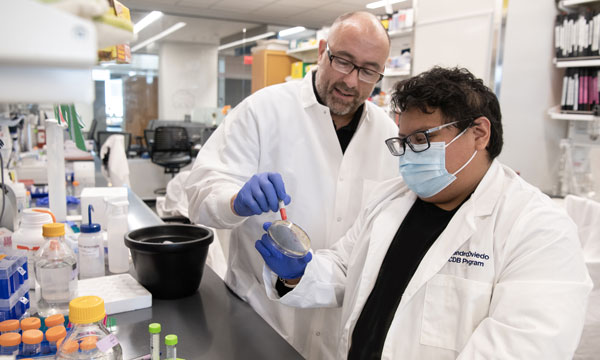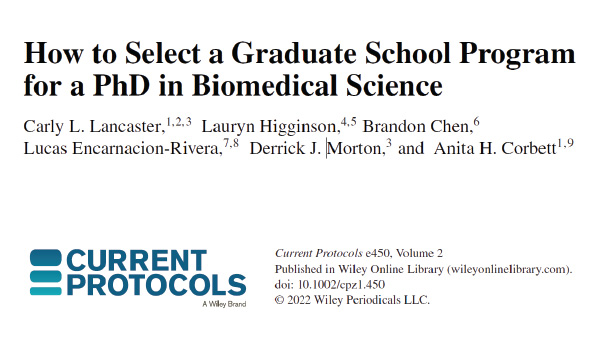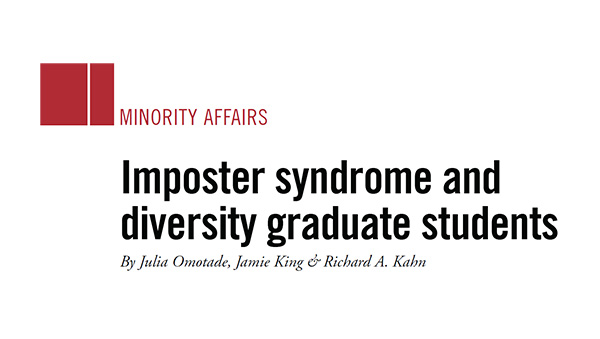BCDB Faculty
The three types of GDBBS membership are Full Graduate Faculty, Affiliate Graduate Faculty, and Adjunct Faculty. The definition of membership rights and responsibilities are as follows:
Full graduate faculty members have full rights and privileges, including the right to act as Dissertation Advisors, to serve on any GDBBS Committee, or in an administrative position. Full members must be faculty at Emory in good standing. They should be engaged in research, research funding, and peer reviewed publication in the biological and biomedical sciences. To assure a stable training environment, full members must have independent funding, or likelihood of obtaining funding in the near future, and sufficient research space.
Full members are reported as doctoral faculty for the purpose of institutional research and evaluation that is both internal and external to the University.
Affiliate graduate faculty members should have at least a 50% appointment at Emory. Affiliate members have the privileges of Graduate Faculty except: (1) they may only serve as co-advisors; (2) they are not eligible to serve in LGS governance bodies; and (3) they are not eligible to serve on LGS competitive fellowship/funding committees. Their level of participation in curricular design and governance of the graduate program is subject to the program’s discretion. Generally, this membership is for faculty who contribute to the mission of the graduate program but are not in a position to directly serve as an advisor for new students in their research group, or those who have been judged to be non-participatory during the annual program review of participation.
Affiliate members are not reported as Graduate Faculty for the purpose of institutional research and evaluation that is both internal and external to the University.
Adjunct faculty members are faculty or staff of another research institution (e.g., Center for Disease Control, Georgia Tech) who have credentials similar to those of full members. They have all the rights and privileges of full members, except that they may only serve on University or GDBBS committees in an unofficial capacity and they may only serve as dissertation co-advisors. Adjunct members do not count toward the minimum number of required Emory dissertation committee members.
Adjunct members are not reported as graduate faculty for the purpose of institutional research and evaluation that is both internal and external to the University.





